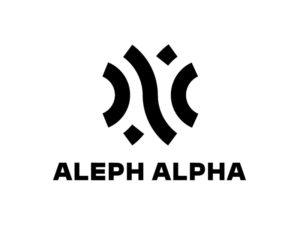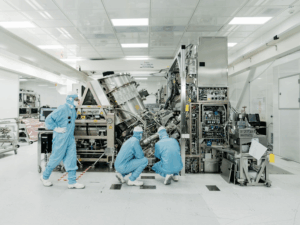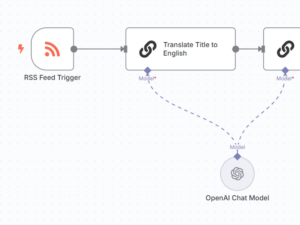TL;DR
- Switzerland is launching its first large language model, Apertus, built on public infrastructure.
- The model is fully open, multilingual, and trained on the Alps supercomputer.
- Apertus supports over 1,000 languages and will be released under an Apache 2.0 license.
- The initiative aims to promote transparency, multilingualism, and open innovation in artificial intelligence.
Apertus is a fully open, multilingual and transparent LLM
Switzerland is making a significant leap in the field of artificial intelligence with the launch of its first large language model, Apertus. This milestone marks a new era for language models, as Apertus is built on public infrastructure and is fully open, multilingual, and transparent. The model is trained on the Alps supercomputer at the Swiss National Supercomputing Centre (CSCS) and supports over 1,000 languages.
The development of Apertus is a collaboration between ETH Zurich, EPFL, and the Swiss National Supercomputing Centre (CSCS). The model is designed to promote transparency, multilingualism, and open innovation in artificial intelligence.
Fully open models enable high-trust applications and are necessary for advancing research about the risks and opportunities of AI. Transparent processes also enable regulatory compliance.
says Imanol Schlag, research scientist at the ETH AI Center.
What sets Apertus apart
Apertus is a significant breakthrough in the field of natural language processing. The model is trained on a massive dataset of over 15 trillion tokens, which enables it to understand and generate human-like text in multiple languages. The model’s multilingual capability is a major advantage, as it can support languages that are not well-represented in current language models.
The development of Apertus was carried out in compliance with Swiss data protection laws, Swiss copyright laws, and the transparency requirements of the EU AI Regulation (EU AI Act). Particular emphasis was placed on data integrity and ethical standards: The training corpus is based exclusively on publicly available data. This data was filtered to respect machine-readable opt-out notices from websites — even retroactively — and to remove personal data as well as other undesirable content before the training process began.
Technical Highlights
- Fine-tuned on european data sets
- optimized for Swiss context and culture
- extended security features
- API-compatible with common standards
- seamless integration into existing systems
The launch of Apertus is also a significant step towards promoting digital sovereignty in Europe. The model is built on European infrastructure and is designed to meet the needs of European users.
By embracing full openness — unlike commercial models that are developed behind closed doors — we hope that our approach will drive innovation in Switzerland, across Europe, and through multinational collaborations. Furthermore, it is a key factor in attracting and nurturing top talen
says EPFL professor Martin Jaggi.
How to try Apertus 70B & 8B
Both the Apertus 70B and the Apertus 8B model can be tried out on apertus.ai. As of now, I am not aware of availability on one of the European Cloud providers, but this may be a matter of time.
Conclusion
In conclusion, the launch of Apertus is a significant breakthrough in the field of artificial intelligence. The model’s multilingual capability, transparency, and openness make it a major advantage in the field of natural language processing. As AI continues to evolve, it is essential to promote transparency and accountability in its development and deployment.
References
[^1]: MultiLingual Staff (July 15, 2025). “Switzerland Joins the AI Race With Open Multilingual LLM“. MultiLingual.
[^2]: Greg Bock (July 15, 2025). “Swiss to Release Open, Multilingual LLM Model“. The AI Insider.
[^3]: ETH Zurich (July 9, 2025). “A language model built for the public good“. ETH Zurich.



